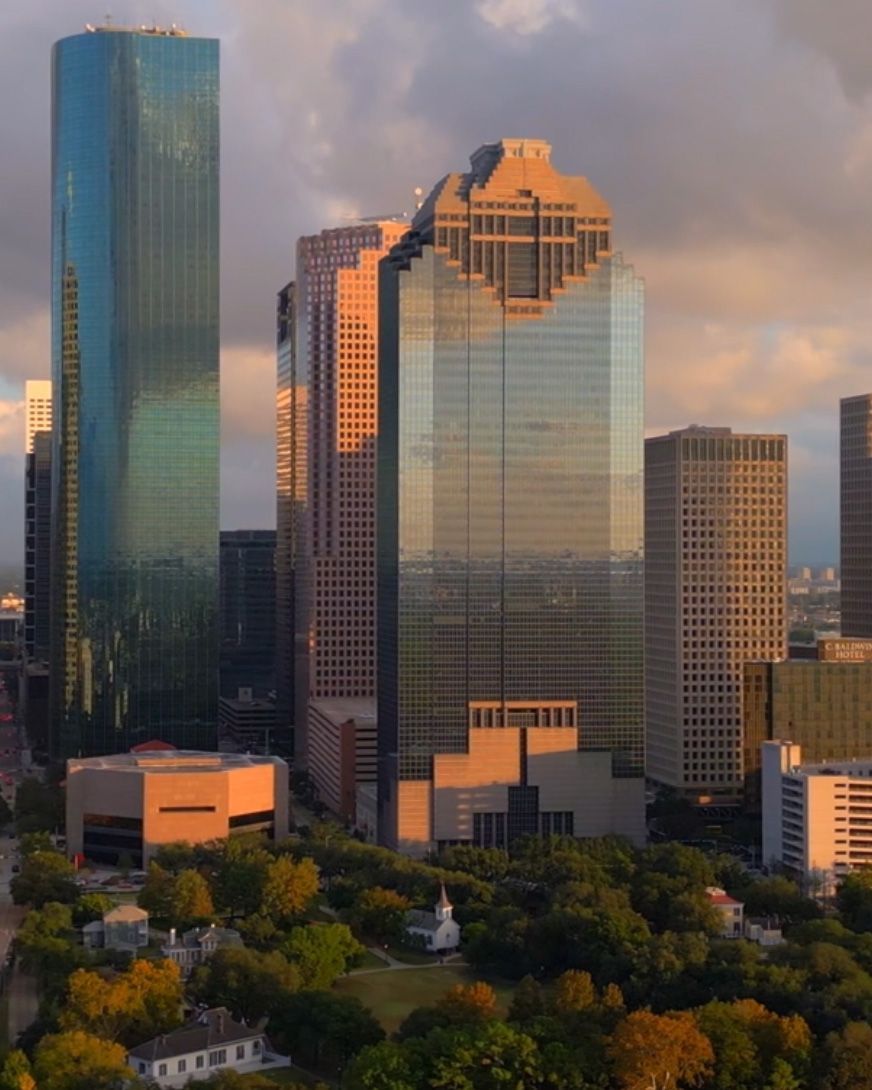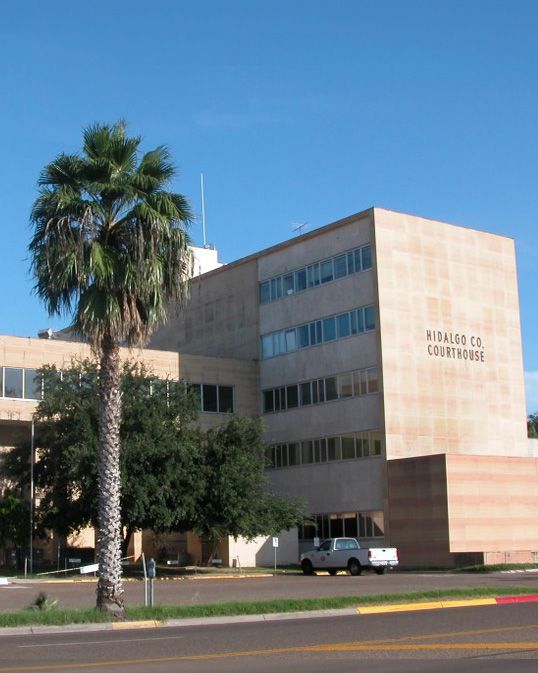What Is a Truck’s No Zone?
LAW BLOG •
Commercial trucks and 18-wheelers have many unique design elements that make traffic accidents more likely. One is the length of the trailer, which creates enormous blind spots for truck drivers. These blind spots are called the No Zone, warning other drivers to stay away. Driving a small passenger car in a truck’s No Zone could put you at risk of a deadly traffic accident.
Where Is the No Zone?
Commercial trucks have blind spots on all four sides. All four zones together comprise the No Zone. According to the Federal Motor Carrier Safety Administration , the official No Zone extends 20 feet in front of the truck, 30 feet behind the truck, one lane to the left of the truck and two lanes to the right of the truck. These are areas where the length of the trailer and the design of the cab make it difficult or impossible for the truck driver to see other vehicles. In general, if you cannot see the truck driver’s face in the truck’s side mirrors, assume the truck driver cannot see you.
When sharing the road with a commercial truck driver, do your best to avoid all four sides of the No Zone. If you need to enter the No Zone to pass a big rig, do so as quickly as possible. Avoid hovering for long periods in the No Zone, as this can increase the odds of the truck driver not seeing you and merging on top of you. Increase your following distance to at least 30 feet behind the back of a trailer. Never cut a large truck off when passing, as it will not have the braking capacity of a standard vehicle. Leave at least 20 feet of space when switching lanes in front of a truck.
Who Is At Fault for a Blind Spot Accident?
A truck’s No Zone can lead to many accidents in Houston. These accidents can cause catastrophic personal injuries, as well as injury lawsuits against the truck driver or trucking company. Liability for a truck accident involving the No Zone can be difficult to decipher. In general, the truck driver has the responsibility to look in his or her side mirrors to check for drivers in the No Zone before merging. It is always the merging driver’s duty to ensure the safety of the maneuver before changing lanes.
Any driver in Texas who wishes to switch lanes must check that the destination lane is clear before moving. The driver must use his or her blinker, slow down or speed up to match the speed of drivers in the destination lane, and wait until the lane is clear before moving. If a truck driver does not obey these rules when changing lanes, he or she could be at fault for an accident. If the truck driver merges on top of a smaller vehicle, he or she could be to blame for the collision. The blind spot accident may need further investigation, however, if the truck driver refutes liability.
Even a prudent truck driver may be unable to avoid a collision with a car in his or her blind spot. The truck driver may deny liability by stating that he or she could not see you hovering in the No Zone. This could lead to a claim of comparative negligence against you. If a reasonable and prudent driver would not have hovered in the truck driver’s blind spot, cut the truck driver off or tailgated the truck, the courts might agree that you are partially to blame for the collision. The courts would then reduce your financial award by your percentage of comparative fault.
Injured in a No-Zone Accident? Contact an Attorney
For the most part, liability for a blind spot truck accident will go to the driver who had the blind spot. In a No-Zone accident, this will be the truck driver. Under Texas’ rules of vicarious liability, a trucking company will be responsible for paying for the errors of its on-duty drivers. However, liability for a blind spot accident could go to both drivers in certain situations. For more information about liability and fault in your No Zone truck accident case, contact a Houston personal injury lawyer.
The post What Is a Truck’s No Zone? appeared first on GES Injury Attorneys.
Every state limits the amount of time you have to file a claim.
Don't Delay.
Contact the Attorneys at Gordon & Elias, LLP Today to preserve your right to a recovery.
Contact Us
We will get back to you as soon as possible.
Please try again later.
100% FREE CASE EVALUATION
Free Consultation • No Fee If No Recovery



